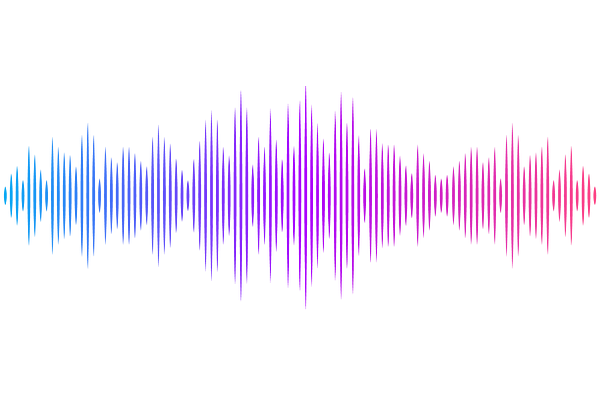The representation of stimulus features during stable fixation and active vision

The representation of stimulus features during stable fixation and active vision
Moran, C.; Johnson, P. A.; Hogendoorn, H.; Landau, A. N.
AbstractPredictive updating of object spatial coordinates from retinotopic pre-saccadic to post-saccadic positions contributes to stable visual perception. However, whether object features are predictively represented at the remapped location remains contested. Many previous studies showing evidence of feature remapping neglect the spatially invariant representation of features in the visual system. For example, feature-based attention boosts attended features across the entire visual field, potentially contributing to the maintenance of stimulus features across saccades. We set out to characterise the spatiotemporal dynamics of feature processing during stable fixation and active vision. To do so, we applied multivariate decoding methods to electroencephalography (EEG) data collected while participants viewed brief visual stimuli. Stimuli appeared at different locations across the visual field at either high or low spatial frequency (SF). During fixation, classifiers were trained to decode SF presented at one parafoveal location and cross-tested on SF from either the same, adjacent or more peripheral locations. When training and testing on the same location, SF was classified shortly after stimulus onset (~80 ms). Decoding of SF at locations farther from the trained location emerged later (~150-300 ms), with decoding latency modulated by eccentricity. This analysis provides a detailed time course for the spread of feature information across the visual field. Next, we investigated how active vision impacts the emergence of SF information. In the presence of a saccade, the decoding time of peripheral SF at parafoveal locations was accelerated, indicating predictive anticipation of SF due to the saccade. Crucially however, this predictive effect was not limited to the specific remapped location. Rather, peripheral SF was correctly classified, at an accelerated time course, at all parafoveal positions. This indicates a spatially coarse remapping of stimulus features during active vision, likely enabling a smooth transition on saccade landing.